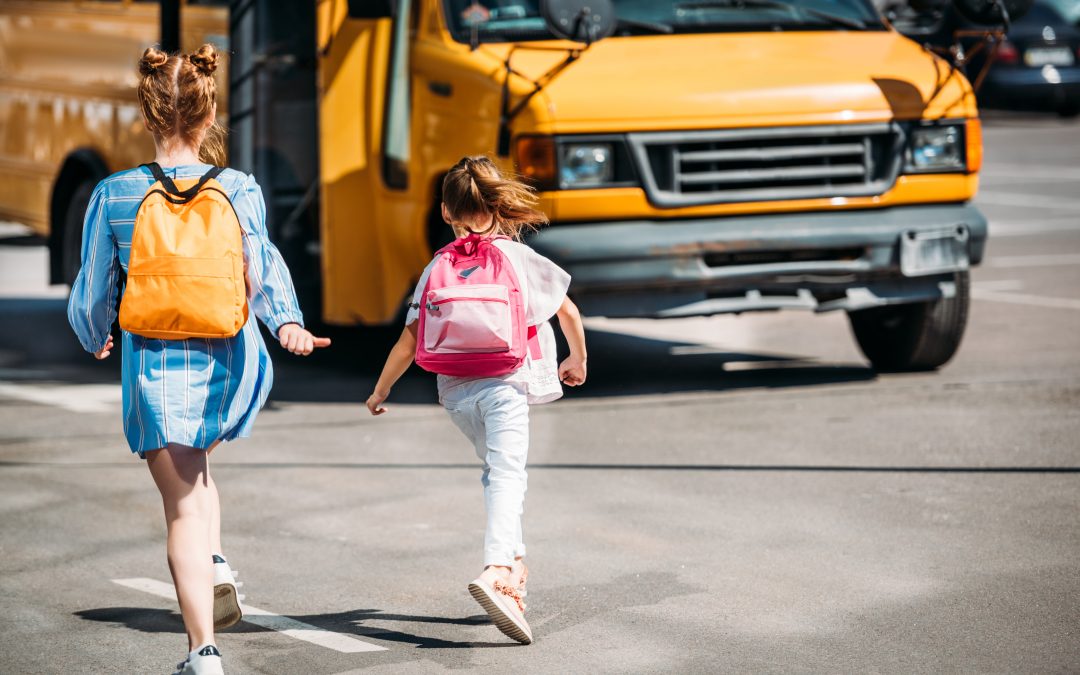Back to School
We are at the point in the year where life gets busy and routine can take over. Routine can build complacency so perhaps it’s best to take a few minutes over the holiday weekend and talk about emergency planning when it comes to school and its related events.
There is no way to plan for every contingency but let’s talk about some fundamental principles that can help when the routine gets interrupted. I’ve learned during my time in emergency and crisis response work that communication is often a breaking point. Not necessarily in the systems, although this does occur, in a failure to have a plan beforehand that is communicated to everyone involved. Reliability for phone calls in crisis often decreases drastically, however, the use of messaging or geolocating apps may have higher success rates during these times.
Depending on the ages of your kids, the policies for phone and smartwatch use your schools may have, or even a catastrophic failure of the cell system, you should consider having a backup plan for communications. Our family uses a variety of communications and location apps on a daily basis. Some of the location apps even have check-in and panic functions to aid in getting status updates. Regular use provides comfort and familiarity which becomes beneficial in a time of need. I’ve known people who couldn’t process calling 911 from a cell phone in an emergency because they hadn’t thought through it in a calm environment first. If we plan to use something only in an emergency we must practice with it to build effective muscle memory.
By using these tools in daily life it doesn’t become the function of the app but the trigger or timing in which we use it. Letting someone know you’re running late seems like a normal task but if it’s because you were just in an accident it can be more challenging to get the message through because of emotion and stress. Talk about what triggers should initiate communication and live by it.
We’ve made the investment into location apps that allow for geo fences to monitor travel. Frequently visited sites are programmed in and everyone in the family has access to receive notifications when others come and go. This is a fantastic yet passive form of communication that minimizes texting while driving or the human aspect of forgetting.
For larger emergencies or when traditional communications aren’t available, we can fall back to a good old-fashioned meeting place. For years the fire device has taught this planning concept for home fire escape but it can also apply to our daily lives. It’s not uncommon for our family to identify a meeting place or rally point (sometimes that sounds cooler and gets more buy-in) at sporting events and family outings but it can be applied to daily lives such as after-school activities. We’ve even gone so far as to discuss what trusted individuals live nearby or what public buildings can be sought out if a major emergency occurs while they are at school.
Having some discussions and letting the kids help with the planning process develops some critical thinking and decision-making skills for everyone involved and will bring some peace of mind knowing that your family has some communication guidelines when the daily routine gets interrupted.

